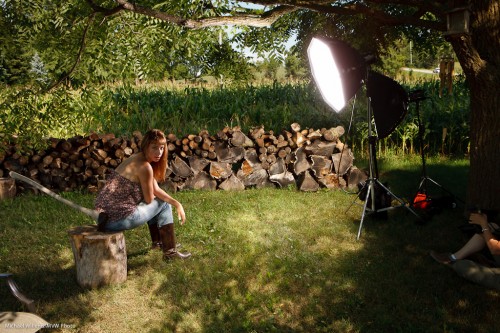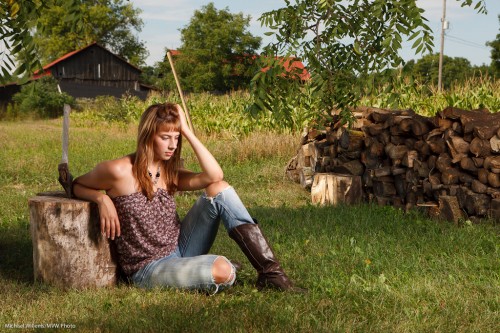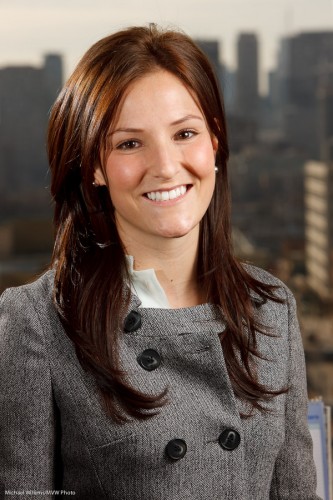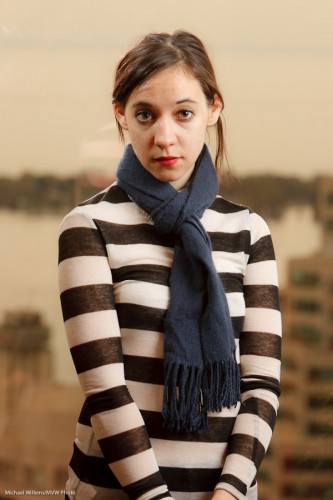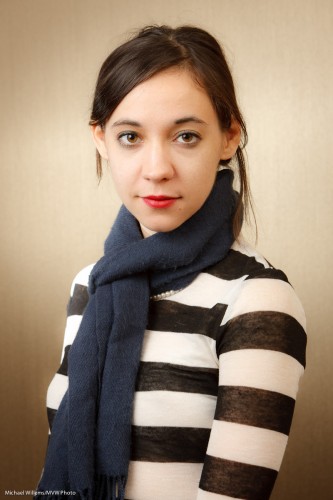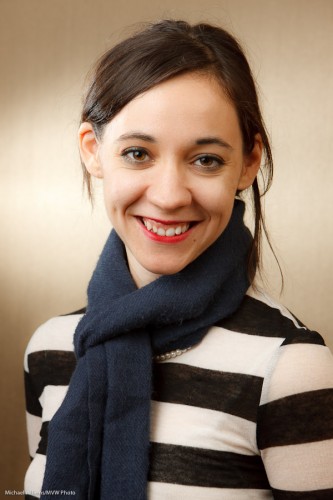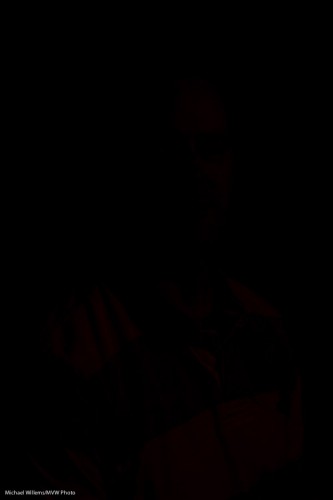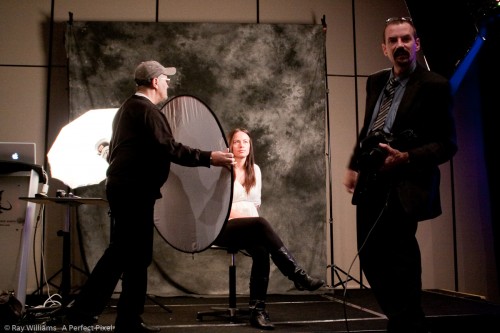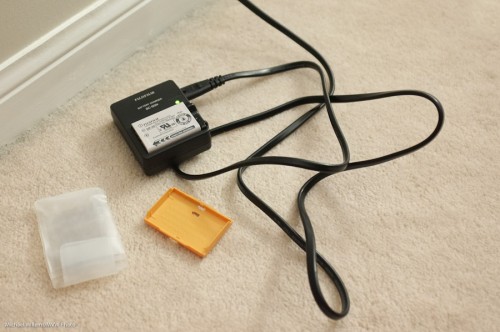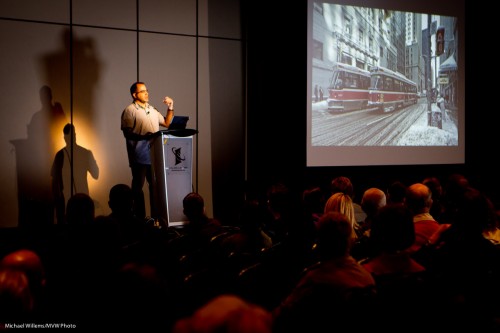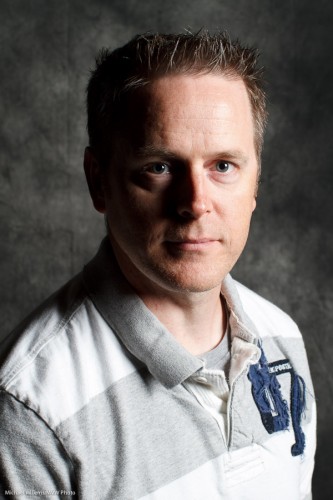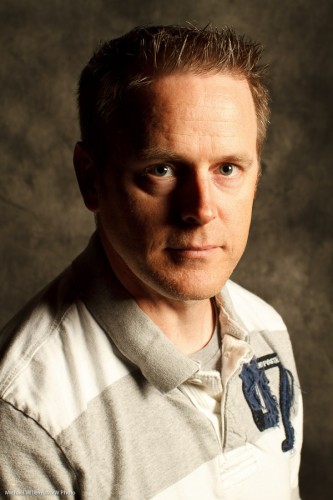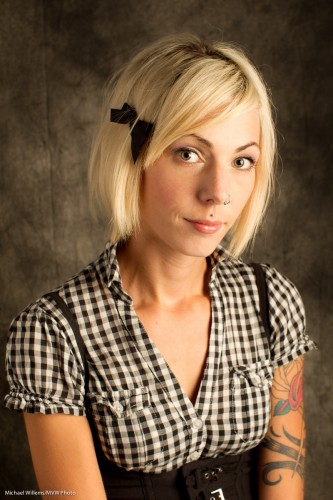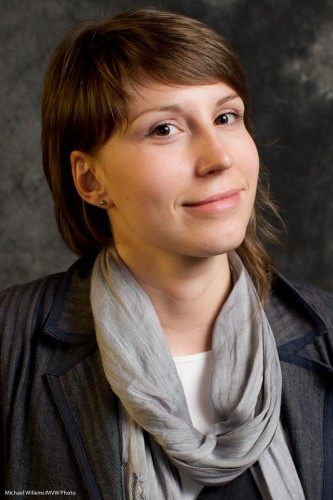…. how speedlighter can help you… ask instead how you can help spee…
STOP. That’s terrible: way too corny. But what I mean to point out is how you can benefit from this resource, and what I get out of it in return. I thought a few words on this subject might be useful.
What is this blog for? It is for past, current and future students of photography. Beginners, enthusiasts and pros. As a working photographer and educator, I intend to help teach as many people as I can photography. After all, photography is time travel. We need to commit our moments to photos in order to save them forever. And it is easy. I intend to help you increase your skills.
So on speedlighter.ca…
- I cover as wide a range of subjects as possible.
- For as wide a range as readers as possible.
- I write daily, and I write for everyone.
That means that…
- There will be repetition of subjects – that is how you learn.
- Some of it will be simple; some may be beyond you.
- But always, posts are quick to read and intended to be easy to absorb.
- You can search by keyword, on the right; or by category. Us this tool!
- And you can ask me questions. I welcome them!
To best use speedlighter, read frequently and do those searches. Copy my shots – see them as “homework”, as many of you did recently for the “hidden worlds” post.
So what do I get out of this? Happy students, for one. And if you want to give back, here’s how you can do it.
- Send me questions to answer.
- Use my training services. Either at the schools I teach at, or as private coaching, or via Skype.
- Contribute directly, even!
- But most importantly, spread the word. Tell your friends to read these posts daily. Share on Facebook and Twitter.
So today let me start by answering a recent reader question.
Michael: Wat is the difference between a flash meter and an ambient light meter?
Ah. There are two kinds of light meters, and those are them.
An ambient meter is a traditional meter, and it measures the light in your environment. Set the ISO to your camera’s ISO; set the shutter or aperture to your camera’s shutter or aperture, then hold the camera in the same light that is illuminating your subject; then press the button and read the aperture or shutter you need to set on the camera to get a good exposure.
A flash meter does not just look at ambient light. It looks at the bright flash emitted by a strobe or speedlight, and measures that (combined with the ambient light, if any). The mode of operation is similar, but the way it works is not – it waits for that flash before it gives you any reading.
A modern incident light meter, like my Sekonic, does both. The MODE button pressed and the display symbol then moved to the sun symbol means ambient, and moved to the lightning symbol means flash metering.
Use ambient metering when using available light, and use flash metering when using manual flash, such as strobes, or speedights set to “manual” mode.
(More about metering in the next few weeks. And yes, I use a light meter!).

